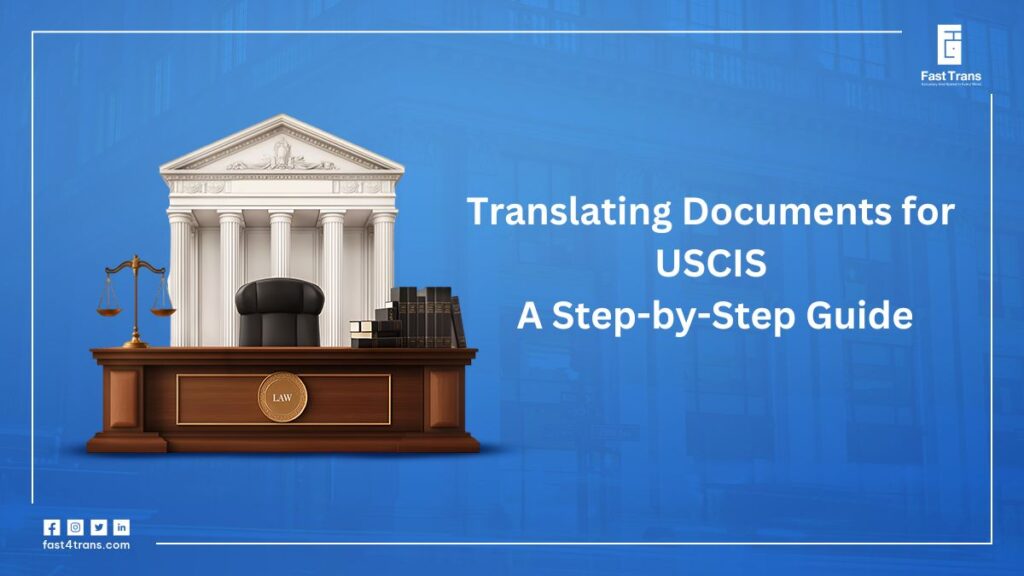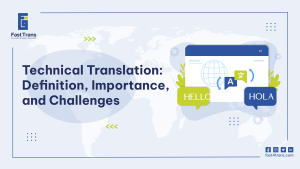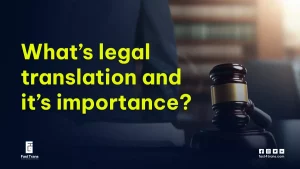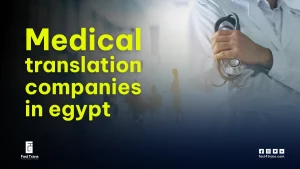When applying to the United States Citizenship and Immigration Services (USCIS), every detail matters, especially when it comes to documents. If any part of your application includes documents in a language other than English, USCIS requires that they be translated into English to ensure clear and accurate communication.
Accurate translation is more than just a formality; it is a legal requirement. USCIS has strict standards that demand translations to be complete, word-for-word, and accompanied by a certification of accuracy. Even small errors or omissions can cause significant delays, requests for evidence (RFEs), or even rejection of your application.
What is USCIS?
The United States Citizenship and Immigration Services (USCIS) is the government agency responsible for handling immigration and naturalization processes in the United States. It operates under the Department of Homeland Security (DHS) and plays a central role in managing applications related to:
- Green cards (lawful permanent residence)
- Work permits and employment authorization
- Citizenship and naturalization
- Family-based and employment-based visas
- Humanitarian programs such as asylum or refugee status
Because USCIS must review and verify thousands of applications each day, clarity and accuracy in submitted documents are essential. Any document that is not in English must be translated so that USCIS officers can fairly and efficiently assess an applicant’s eligibility.
What Documents Need Translation for USCIS
USCIS requires that any document in a language other than English must be submitted with a certified English translation. While requirements may vary depending on the type of application, the following documents are most commonly requested:
- Birth Certificates – Often needed for applications related to family-based immigration, naturalization, or proving identity.
- Marriage or Divorce Certificates – Required when proving marital status for spousal visas, green card applications, or name changes.
- Academic Transcripts and Diplomas – Necessary for employment-based visas, student visas, or credential evaluations.
- Passports, IDs, and Driver’s Licenses – Frequently requested for identification and verification purposes.
- Legal Documents (Affidavits, Court Orders, Adoption Papers, etc.) – Required in cases involving custody, legal history, or special immigration circumstances.
Even small details like seals, stamps, or handwritten notes must be translated. Omitting these details can lead to USCIS rejecting or delaying your application.
USCIS Translation Requirements
When submitting documents to USCIS, applicants must follow strict translation rules to ensure acceptance. These requirements include:
1. Full, Word-for-Word Translation
Every part of the original document must be translated into English, including seals, signatures, stamps, and handwritten notes. Summaries or partial translations are not accepted.
2. Certification Statement
Each translation must include a signed certification by the translator or translation service. This statement confirms that the translator is competent in both languages and that the translation is complete and accurate.
3. English-Only Submission
Translations must be submitted in English alongside a copy of the original document. USCIS does not accept documents in other languages without an accompanying certified translation.
Step-by-Step Documents Translation Process for USCIS
To ensure your documents meet USCIS standards, follow these steps carefully:
1. Gather Documents
Collect all foreign language documents required for your application (birth certificate, marriage certificate, transcripts). Make clear copies, ensuring all text, stamps, and seals are visible.
2. Select a Qualified Translator
Choose a professional translator or certified translation service. Avoid online tools like Google Translate, as USCIS only accepts human-certified translations.
3. Translate Word-for-Word
The translation must be complete and exact, without omissions or summaries. Even stamps, seals, and handwritten notes must be translated.
4. Proofread and Review
Check the translation for accuracy, grammar, and formatting. Ensure it matches the structure and details of the original document.
5. Prepare Certification Statement
The translator must provide a signed certification confirming their competence in both languages and the accuracy of the translation. The statement should include the translator’s name, signature, and date.
6. Attach and Submit
Submit the certified translation along with a copy of the original document to USCIS. Keep copies for your records in case additional evidence is requested.
How to Choose the Right Translation Partner for USCIS
Selecting the right translator or translation service is crucial to avoid delays or rejections. Keep these factors in mind when making your choice:
- Experience with USCIS Requirements: Ensure the translator is familiar with USCIS standards, including the certification statement and word-for-word translation rules.
- Certified or Professional Translators: While USCIS does not require ATA (American Translators Association) certification specifically, choosing certified professionals adds credibility and reduces the risk of errors.
- Accuracy and Attention to Detail: A reliable translator will translate every word, seal, stamp, and note, without skipping information.
- Confidentiality: Immigration documents contain sensitive personal information. Always choose a service that guarantees data privacy and confidentiality.
- Turnaround Time: Check how quickly the translator can complete the work, especially if you’re facing a deadline.
Read Also: Apostille vs. Notarization – Full Guide
Common Mistakes to Avoid When Translating Documents for USCIS
Navigating the USCIS document translation process can be complex and unforgiving, with seemingly minor oversights potentially derailing your entire immigration application. Understanding these common pitfalls before you begin can save you months of delays, additional costs, and the frustration of having to resubmit your documents. These are some common mistakes to avoid:
1. Incomplete Translations
USCIS requires every piece of text to be translated, including seals, stamps, marginal notes, and handwritten annotations. Many applicants mistakenly believe only the main text needs translation, but failing to translate official markings, dates, or government stamps can result in document rejection and application delays.
2. Wrong Formatting or Missing Certification
Proper certification is crucial for USCIS acceptance. The translator must provide a signed statement confirming their competency in both languages and the accuracy of the translation, including their full name, signature, and contact information. The translation should also maintain the same formatting as the original document.
3. Using Unqualified Translators
USCIS strictly prohibits the use of friends, family members, or the applicant themselves as translators. The translator must be a qualified professional with demonstrated competency in both languages, preferably with legal document translation experience. Using online tools or inexperienced translators can result in inaccurate translations and costly resubmissions.
4. Submitting Only Translation Without Original
A certified translation alone is insufficient for USCIS requirements; applicants must submit both the certified translation and a clear copy of the original foreign language document. Failing to include the original document copy or submitting poor-quality copies can cause processing delays and require resubmission of your entire application.
Read Also: Translating Birth Certificate for Migration – Full Guide
Professional Documents Translation for USCIS – Services by Fast Trans
Fast Trans delivers specialized USCIS document translation services designed to meet the stringent requirements of U.S. immigration applications. Our certified translation services ensure your foreign language documents are accurately translated and properly formatted for USCIS submission, helping you avoid costly delays and rejections.
What sets us apart is our commitment to accuracy, compliance, and reliability. We combine expert linguistic knowledge with a deep understanding of USCIS requirements to guarantee that every translation meets federal immigration standards.
Our services are trusted by attorneys, immigration consultants, and thousands of applicants who require flawless document translations for their U.S. immigration cases.
Contact us today via our official website
What Our Customers Say
Since the translation project is theirs, we encourage the clients to discuss every stage of the process.
You can check our clients’ comments for yourself at Google Reviews.
Conclusion
Translating documents for USCIS is a critical step in the immigration process, and accuracy, completeness, and proper certification are essential. Following a systematic approach, from gathering documents to choosing a qualified translator and submitting certified translations, can prevent delays, RFEs, and rejections, ensuring a smoother application process.
Partnering with a professional translation service like Fast Trans guarantees that your documents meet USCIS standards, providing peace of mind and saving valuable time.
With expert translators, meticulous attention to detail, and strict compliance with federal requirements, your immigration documents will be prepared correctly the first time, helping you stay on track toward achieving your U.S. immigration goals.











